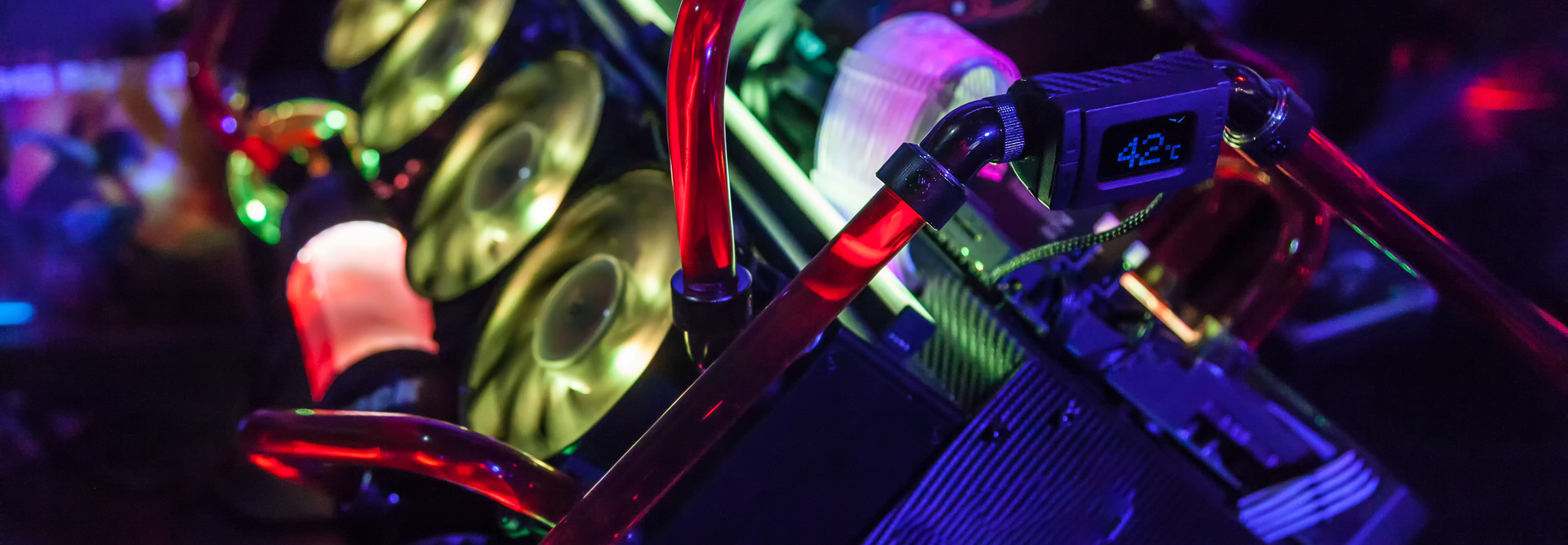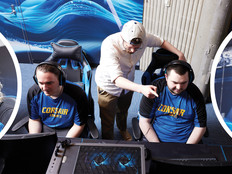How to Choose the Right Esports Hardware
If you are looking to compete at a national level in the collegiate space, your equipment needs to be PC-based. With the exception of Super Smash Bros, most games in competitive esports are on PCs.
Similar to choosing high- or low-top cleats for soccer players, picking the right PC for your esports athletes can make a big difference in performance.
Most competitive teams use PCs that run at 100 frames per second. League of Legends is a title that does not require much to reach that mark. Make sure the machine is less than 4 years old and has graphics integrated with the processor. At a minimum, a smooth player experience requires 8 gigabytes of RAM.
If you’re planning to compete in games such as Rocket League, Smite or Overwatch, you’ll want to have a dedicated graphics card. Integrated graphics on the processor won’t suffice for these titles.
An affordable way to boost your FPS is to get a dedicated graphics card, or GPU. If you’re planning to repurpose a machine, you will need at least a 350-watt power supply to support modern GPUs. Although it’s possible to get away with less, it is better to be safe than sorry.
Choosing Between an Integrated Graphics Card and a Dedicated One
Would it make more sense for your team to use stand-alone PCs with integrated graphics cards or get graphics cards to put into your existing machines?
There are two factors to consider here. First of all, can full-size graphics cards fit into your machines? Ideally, the motherboard should have a slot that is PCIe 3.0 or higher.
At the end of the day, the key to any esports program is having the right infrastructure for your team. Only then can universities and colleges ensure that players enjoy a rewarding experience.
This article is part of EdTech: Focus on Higher Education’s UniversITy blog series.












